from 0 review
Any Duration
Daily Tour
Unlimited
Any Preferred Language
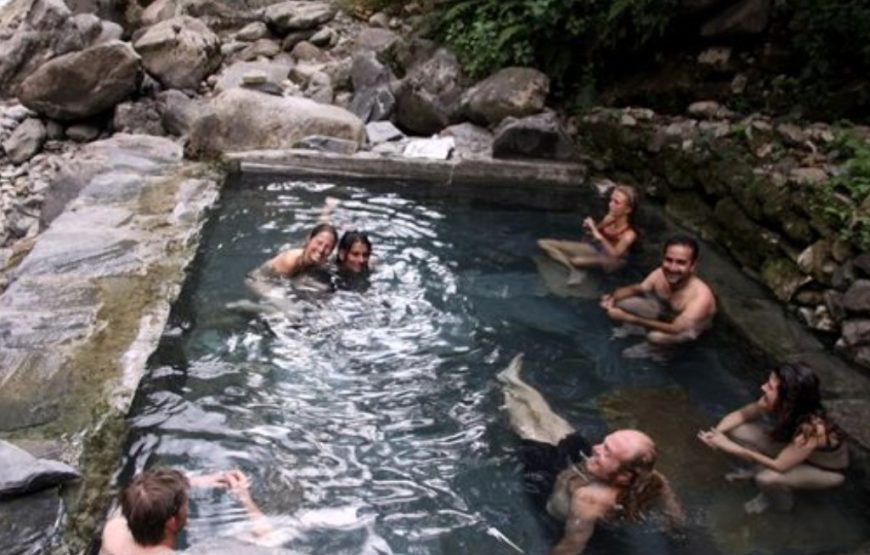
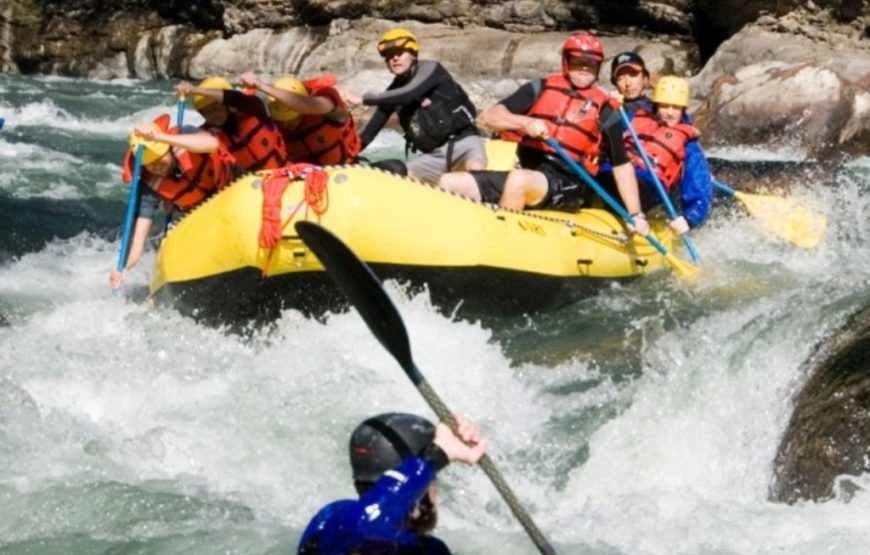
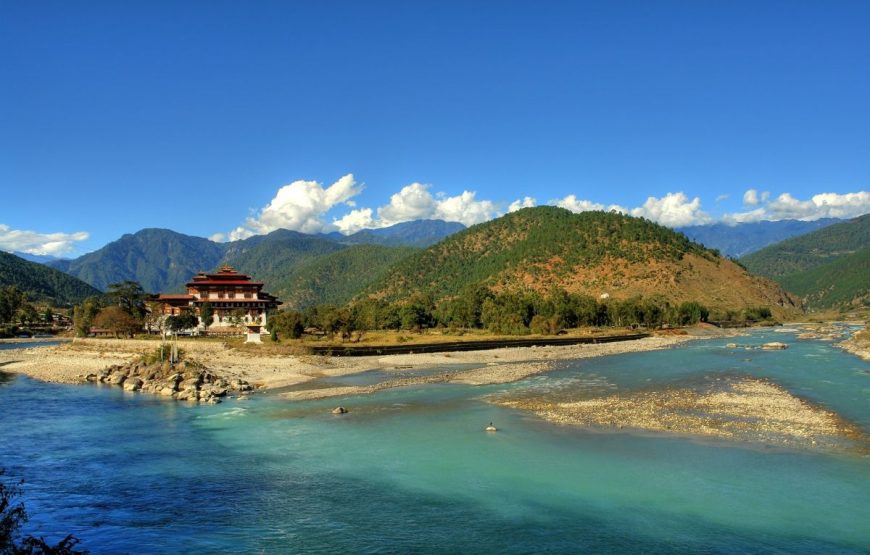
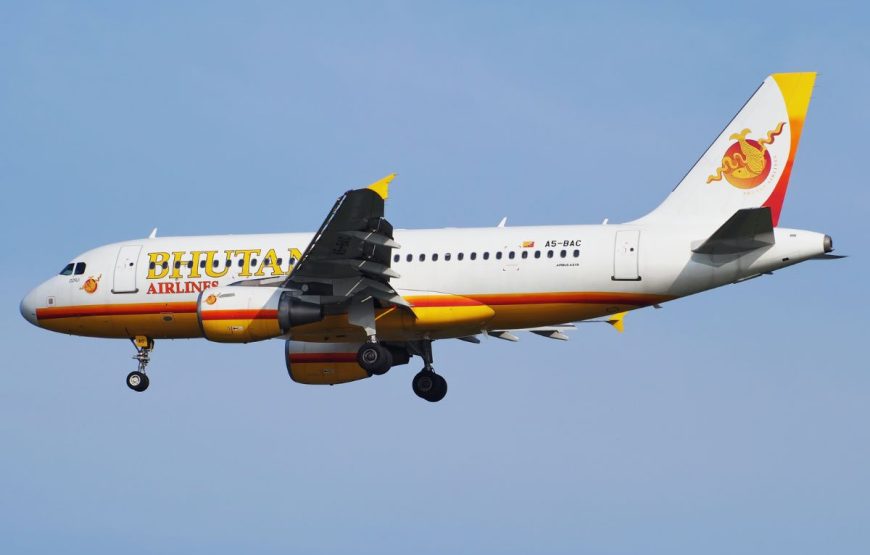
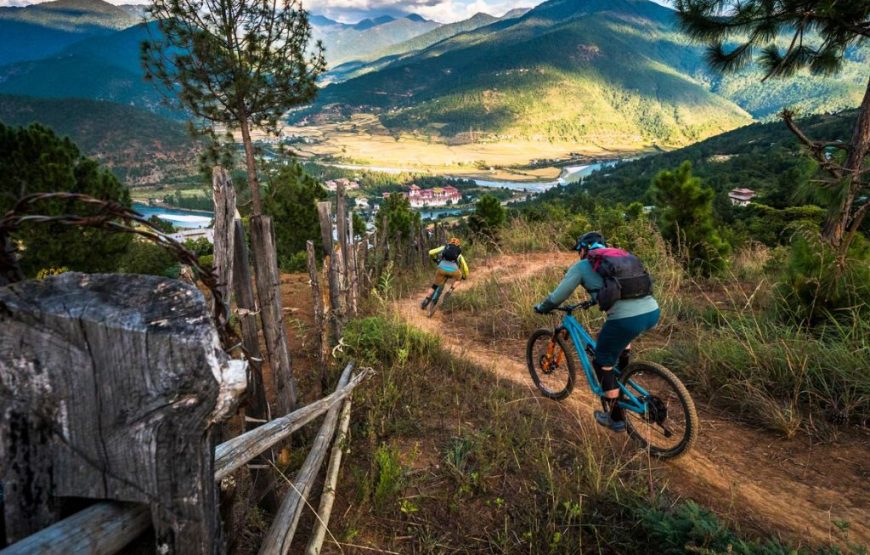
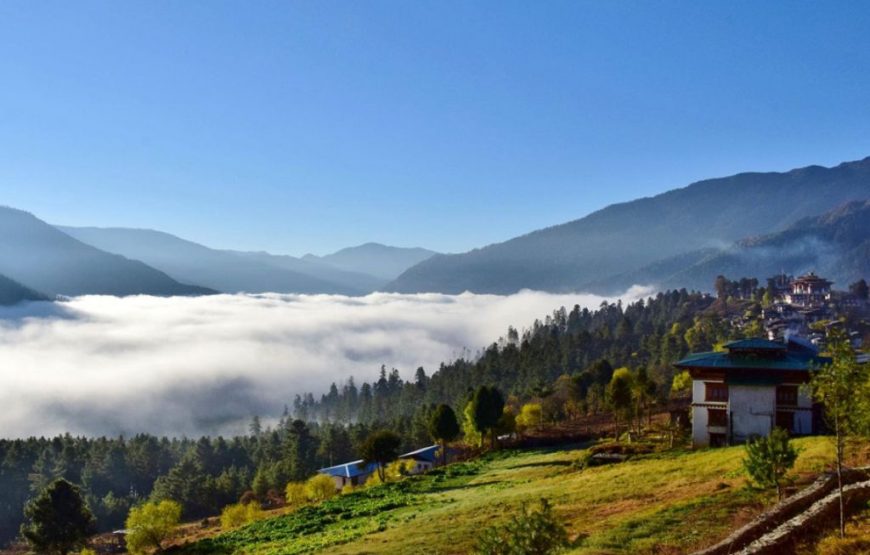
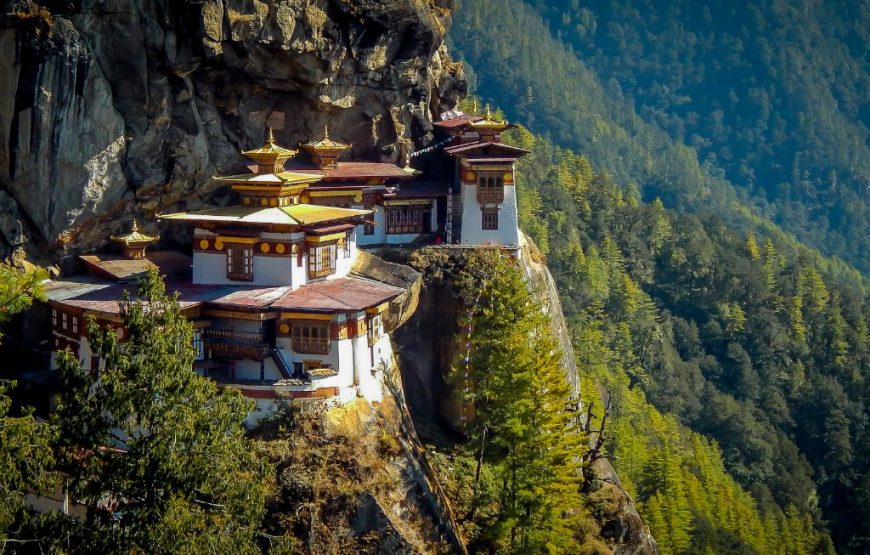
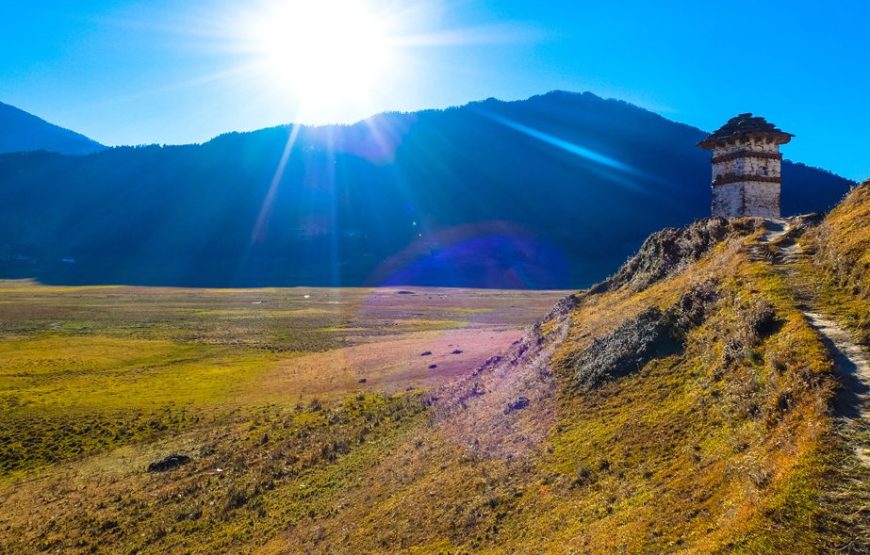
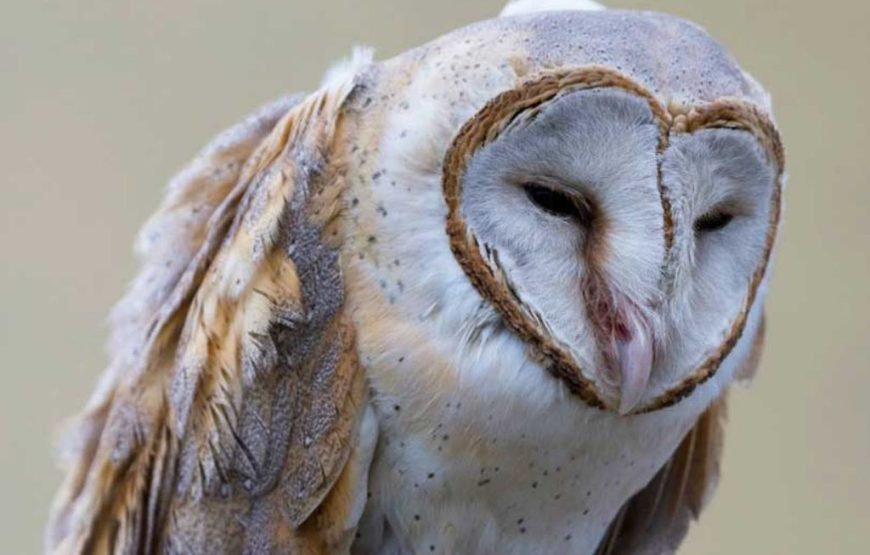
Bhutan which is also known as the ‘Last Shangrila’ provides you with the exotic scenario for the photography. Your visit to Bhutan will have immense opportunities to take your photography further. Photography in Bhutan is permitted everywhere except inside the Dzongs, Monasteries and the Temples. If you wish to take the pictures of the local people, Bhutanese houses, shops and so on, always are polite to get their consent. They will be happy. Royal Government of Bhutan permits filming in the country after going through the script.
You can feel and experience Bhutan through the lens of your cameras. Bhutan’s landscape, unique architecture and people are some of the most photogenic in the world. This tour provides stunning array of Photographic opportunities- ancient Temples, Monasteries, Dzongs, mountainous landscapes, colourful festivals and fascinating people. This tour can be customize coinciding with the festivals in spring and autumn featuring fascinating display of mask dances, rituals with colourful costumes surrounded by the locals in their best attires. Our tours are private, tailor- made for independent travel and dates of your choosing.
Bhutan is a year-round destination. There are four seasons: summer (June to August), autumn (September to November), winter (December to February) and spring (March to May). But because of the range of altitudes in the country, and the influence of the north Indian monsoons, the climate is incredibly varied.
In the south, the humid, subtropical climate is fairly consistent year-round, with temperatures between 15oC and 30oC. Central Bhutan, with its temperate forests, has a more seasonal climate, with warm summers and cool, dry winters. The northern regions are much colder during winter. Because of the high altitude, mountain peaks are snowy year-round and the lower reaches remain cool in summer.
In summer, the Indian monsoon season runs from late June or July to late September, mostly affecting the southern regions. Most farming activities take place in the summer, when crops thrive in verdant landscapes.
Autumn, from late September or early October to late November, follows the rainy season. It is characterised by bright, sunny days and some early snowfall at higher elevations. It’s the season of feasts and festivals as farmers reap the fruits of their work.
From late November until March, the crisp, clear and sunny winter sets in, with frost throughout much of the country and snowfall common above elevations of 3,000 metres. The winter northeast monsoon brings gale-force winds at the highest altitudes through high mountain passes, giving Bhutan the name Drukyul, which means Land of the Thunder Dragon in Dzongkha (Bhutan’s national language).
Bhutan’s generally dry spring starts in early March and lasts until mid-April. It is a botanist’s delight, with nature in full bloom. Summer weather commences in mid-April with occasional showers and continues to late June.
If you would like to book completely independently, there are plenty of online resources for inspiration, research and booking – including this website. There are lots of experienced, accredited tour operators that can help you too. Please check our website https://services.bhutan.travel/ for a full list of DOT-certified Tour Operators, hotels and guides.
Our host team is also on hand to help provide you with information as you plan your journey.
The country has one international airport located in Paro. Flights operated by Drukair and Bhutan Airlines arrive and depart from destinations including Bangkok, Delhi, Kolkata, Bagdogra, Bodhgaya, Dhaka, Kathmandu, Guwahati and Singapore. Private jets or charters can fly into Bhutan after obtaining the relevant approvals.
There are also domestic airports in Yonphula in eastern Bhutan, Bumthang in central Bhutan, and Gelephu in south-central Bhutan.
There are no rules about what visitors should wear. However if you are planning to visit places of religious significance, respectful smart-casual clothing that covers your body from shoulders to knees is appropriate and appreciated.